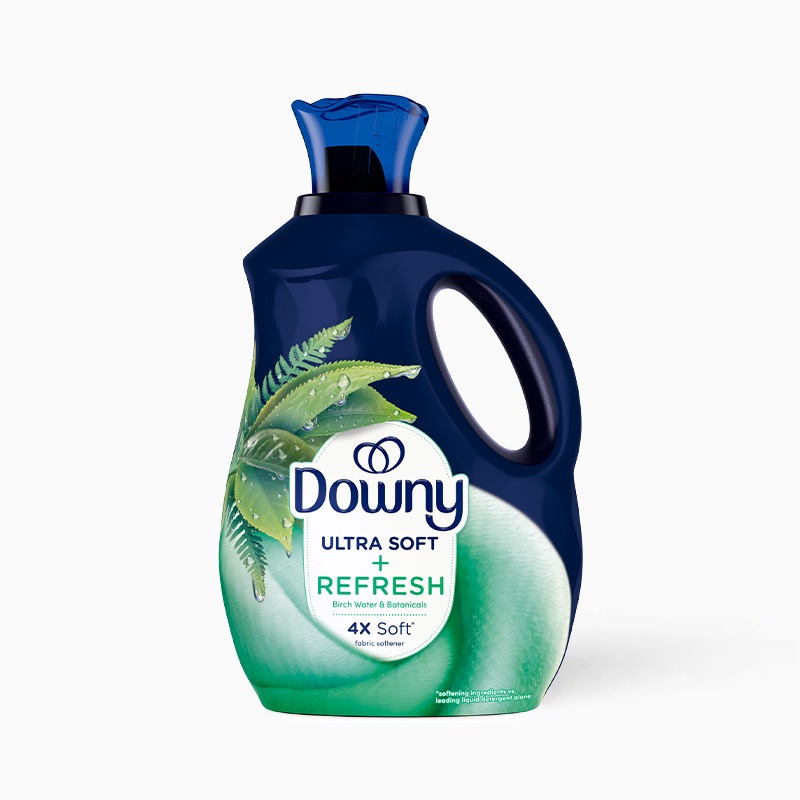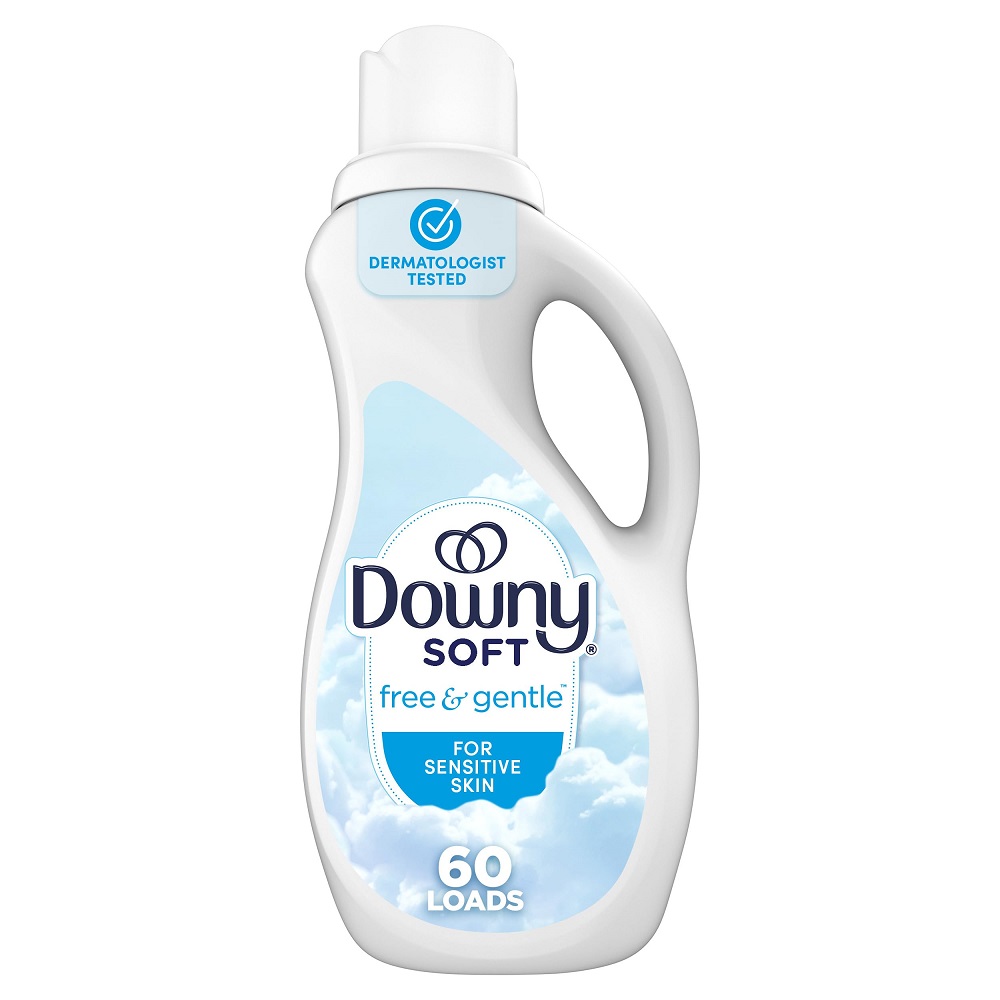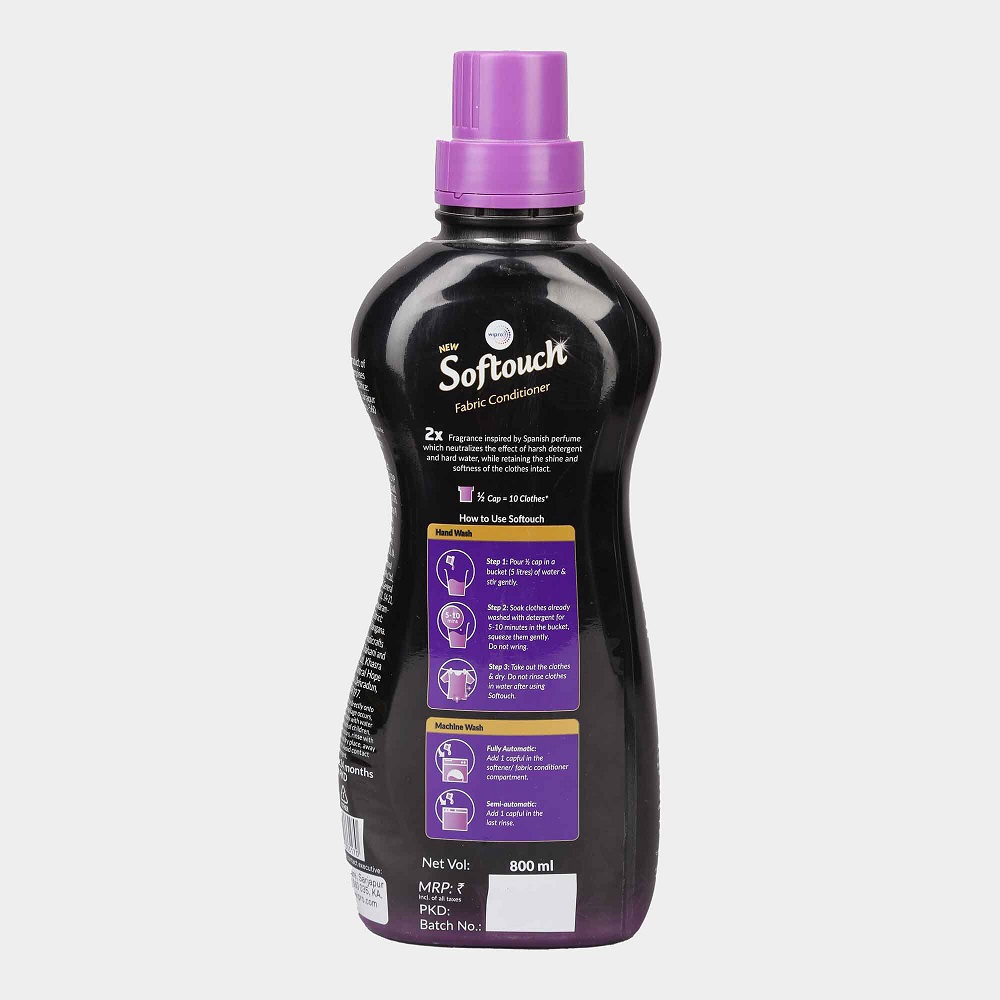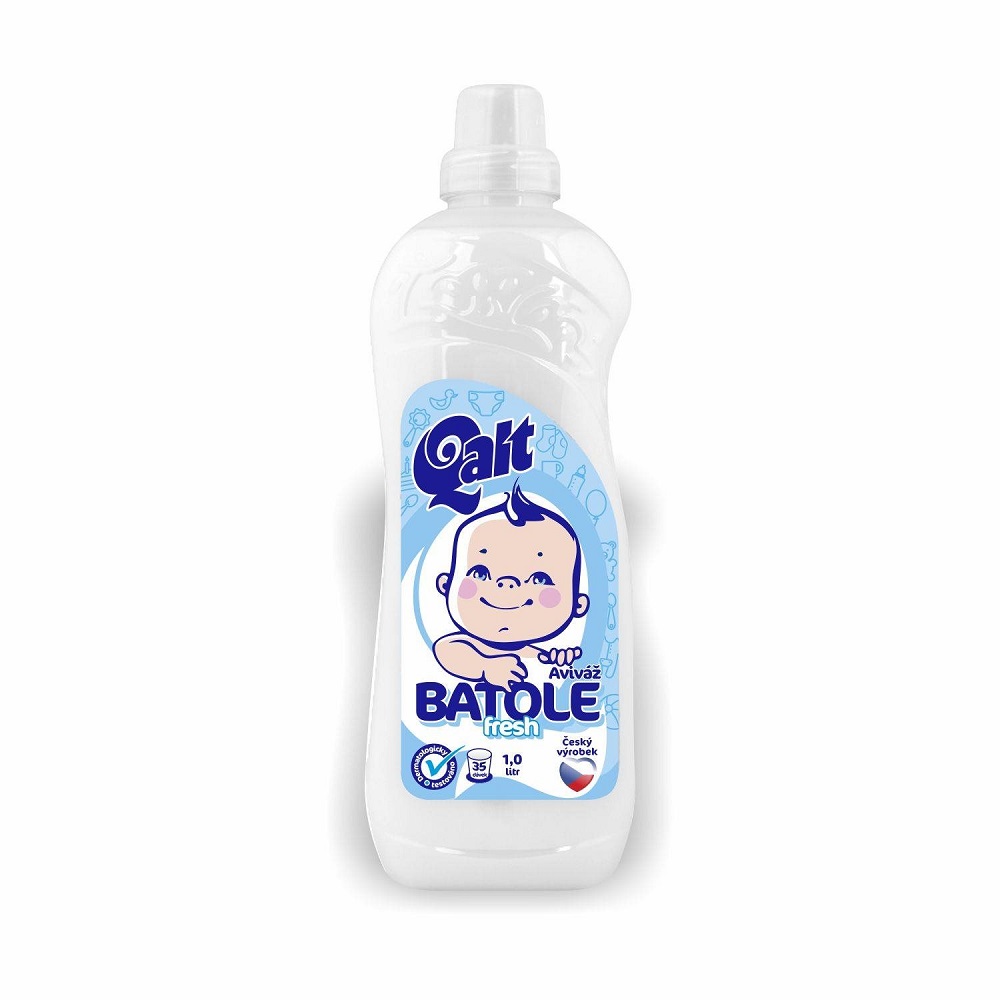Introduction
Fabric softener is a popular laundry product. It can make your clothes feel softer and smell fresh. Understanding when to add fabric softener to your laundry routine can improve your washing results. In this article, we will discuss the best times to add fabric softener and its benefits. We will also talk about how to use it properly.
What is Fabric Softener?
Understanding Fabric Softener
Fabric softener is a liquid product designed to make clothes softer. It works by coating the fibers in your fabrics. This coating reduces static electricity and gives your laundry a pleasant scent. Many people enjoy the feel of softer clothes. Fabric softener can also help reduce wrinkles in your laundry.
Fabric softeners come in different forms. You can find it in liquid form, dryer sheets, and even pods. Each type has its own method of use. Liquid softener is added during the washing machine cycle. Dryer sheets go into the dryer with your clothes, while pods can be added to either the washer or dryer.
Benefits of Using Fabric Softener
Using fabric softener has many benefits. It not only makes clothes feel softer but also helps maintain the quality of your fabrics. Softener can prevent clothes from becoming rough over time. This is especially useful for items like towels and sheets, which need to stay soft for comfort.
Another major benefit is the reduction of static cling. Static cling can drive you crazy, especially in the winter months. Fabric softener drastically reduces this issue. It helps clothes slide against each other smoothly. This means fewer frustrating moments when you try to get dressed.
The added fragrance is also a bonus. Softeners are often scented, and that scent can last for days. Fresh-smelling laundry enhances your overall laundry experience. You step out of the dryer with a basket full of nicely scented clothes ready to wear.
When to Add Fabric Softener
Adding Fabric Softener During the Wash Cycle
Many people wonder, “When should I add fabric softener?” The answer usually depends on your washing machine. If you have a top-loading machine, add it during the rinse cycle. This is important because the softener needs to be diluted properly. If you add it too early, the washing detergent can wash it out.
For front-loading machines, look for the designated compartment. Most front loaders have a spot specifically for fabric softener. Add the recommended amount of liquid softener to this compartment. The machine will release it at the right time during the rinse cycle. This ensures your clothes get the full benefit of the product.
Using Dryer Sheets
Dryer sheets are a different option for fabric softening. You add a dryer sheet to the dryer with wet clothes. It works differently from liquid softener. The heat from the dryer activates the sheet, releasing fabric softening agents into the dryer. This helps to soften the clothes as they dry.
If you prefer using sheets, remember to use one sheet for smaller loads. Larger loads may need two sheets for optimal results. The sheets can also help reduce static cling, similar to liquid softeners. However, keep in mind that dryer sheets are not a direct substitute for washing softener. They should be used in addition to it if you want maximum softness.
Knowing When to Skip Fabric Softener
Although fabric softener can make clothes feel softer, there are times when you should skip it. Some fabrics do not benefit from softeners. For example, microfiber and moisture-wicking materials can be affected negatively. The coating can make these fabrics less effective. In such cases, it’s best to avoid using fabric softener altogether.
Additionally, some towels can lose their absorbency when you add softener. If you want to keep your towels fluffy and highly absorbent, consider skipping softener. Instead, focus on using white vinegar in your rinse cycle. Vinegar can help soften clothes without the drawbacks of traditional fabric softeners.
Tips for Effectively Using Fabric Softener
Measure It Correctly
One crucial part of using fabric softener is measurement. Using too much can leave a greasy residue on your clothing. Always pay attention to the instructions on the label. Each brand may have different recommendations for the right amount.
For most loads, you will need only a small amount, usually between 1-3 ounces. This is often enough for a standard load of laundry. Too much softener can make clothing feel heavy and can also damage the washing machine over time.
Choose the Right Type for Your Fabrics
Not all fabric softeners are created equal. Different types of softener work best with different materials. Check the label to see if the softener is suitable for your fabrics. If you wash a lot of delicate items, look for a fabric softener labeled for delicates.
Some fabric softeners cater to specific needs. If you have pets, look for pet-friendly softeners that help combat shedding. There are also options created for those with sensitive skin, free of harsh chemicals and dyes. Choosing the right product can make a big difference in your laundry results.
Regular Maintenance of Your Washing Machine
Regular maintenance of your washing machine is also crucial. Over time, fabric softeners can build up in the machine. This residue can impact how your clothes are washed and how effective the softener is. Make it a habit to clean your washing machine every few months.
You can do this by running a hot wash cycle with vinegar or a washing machine cleaner. This will help remove any buildup and keep your machine in top shape. Clean machines produce cleaner clothes, leading to better laundry results.
Special Considerations
Environmental Impact
As we become more aware of environmental issues, consider the impact of fabric softeners. Many conventional softeners contain chemicals that can harm the environment. Choosing eco-friendly options is better for both your clothes and the planet. Look for softeners labeled as biodegradable or free from harsh chemicals.
Using natural alternatives, like vinegar, can also be effective. White vinegar acts as a natural softener and helps with static cling. It is a more eco-friendly choice and is often more cost-effective. If you’re concerned about the environment, consider making the switch.
Allergies and Sensitivities
Some people may be allergic to the chemicals in fabric softeners. If you notice skin irritation after wearing laundry used with softener, it may be time to reconsider your choice. There are hypoallergenic fabric softeners available that are gentler on the skin. These products are often free from dyes and fragrances, making them a safer choice.
If you are unsure whether fabric softener is affecting you, try doing a test. Wash a standard load of laundry without using softener. Observe if there is any difference in how your skin reacts. You may find that for some fabrics and your skin type, avoiding softener could be beneficial.
Summary
In summary, knowing when to add fabric softener can greatly enhance your laundry experience. It can make clothes softer, reduce static, and leave them smelling fresh. Always remember to add it during the right time in the washing cycle. Be aware of fabrics that do not benefit from softener and consider alternatives.
Measure the product correctly for the best results and regularly maintain your laundry appliances. As you learn more about fabric softeners and their uses, you will find the right balance for your laundry routine. Whether you choose liquid softener, dryer sheets, or a natural alternative, you can enjoy the benefits of soft, fresh-smelling clothes.



